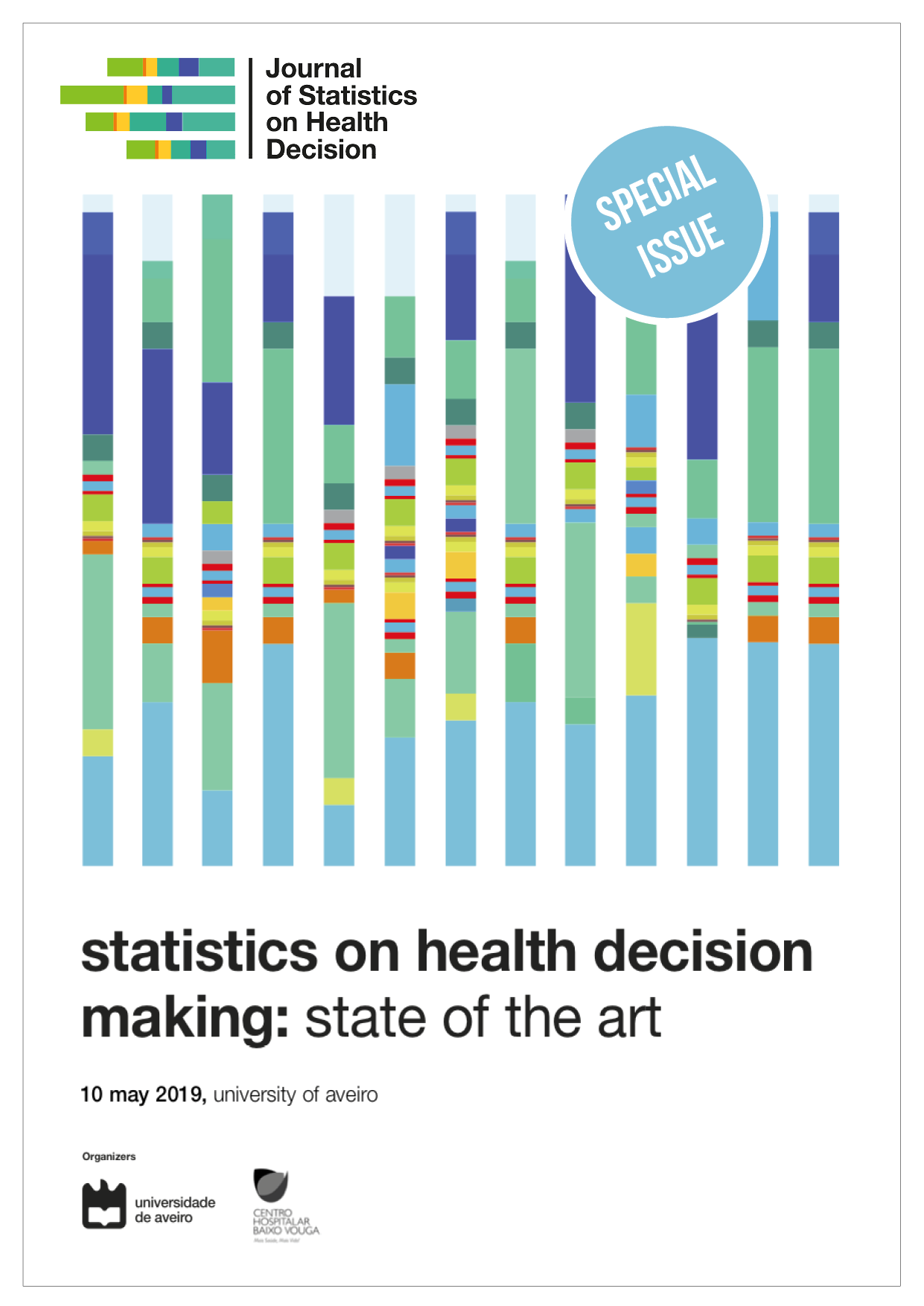P19 - Comparison of different treatments during acute exacerbations of chronic obstructive pulmonary disease: results of classical vs. network meta-analysis
Abstract
Introduction
Pulmonary rehabilitation (PR) has well-established benefits for the management of stable chronic obstructive pulmonary disease (COPD) [1]. However, its role during acute exacerbations of COPD (AECOPD) has been controversial [2, 3], which can be related with the heterogeneity in the design of the PR programmes implemented. Therefore, it is essential to compare the effects of PR during AECOPD across the different designs being used in the literature to inform an evidence-based clinical practice. Meta-analysis is a statistical procedure that integrates the results of several independent studies and derives conclusions about it [4]. This procedure has been playing a key role in evidence-based clinical practice, being on the top of the evidence hierarchy and one of the most frequently cited forms of clinical research [4]. However, with the variability of treatments available increasing, the number of possible pairwise comparisons increase quadratically, and studies performing all these comparisons are frequently unavailable [5]. Therefore, network meta-analysis procedures have emerged to allow comparisons between multiple treatments, even when they have not been directly compared in studies [4, 5]. This study compares the results achieved using the classical meta-analysis and the network meta-analysis to analyse the effects of different designs of PR during AECOPD.
Methods
A systematic literature search (PROSPERO registration number CRD42017056930) was performed in February 2017 on PubMed, Scopus, Web of Science, EBSCO and Cochrane. Studies were included if they i) studied patients within 3 weeks of the AECOPD onset or until 2 weeks after discharge; ii) used PR or at least one of its components (i.e., any kind of exercise training, breathing techniques, airway clearance techniques or education and psychosocial support) as an intervention; iii) were written in Portuguese, English, French or Spanish and iv) were randomised controlled trials.
Meta-analysis was only possible to conduct with a limited number of variables due to the large diversity of outcome measures and units of measurement used, and the wide variety of interventions implemented. For comparisons between components of the intervention, studies that performed at least exercise (i.e., exercise training or PR) were considered in the same subgroup. Treatment effects on symptoms of dyspnoea with the modified Borg scale, health-related quality of life assessed with the St. George respiratory questionnaire and length of stay (i.e., number of days hospitalised) were compared considering up to five subgroups of treatment: 1) exercise, 2) breathing techniques, 3) exercise+breathing techniques, 4) education&psychosocial support, and 5) education&psychosocial support+breathing techniques.
MetaXL 2.0 was used to calculate the individual and pooled effect sizes (ES). Individual ES were calculated as Cohens’ d based on the Pre/Post means and standard deviations, according to the formula of Morris (2008) [6].
We conducted direct meta-analysis and indirect meta-analysis. For the direct meta-analysis, pooled effect estimates were calculated using a random and fixed-effects model. The input data were the Cohen’s d value of each study and the respective standard error. The output was the pooled Cohen’s d value and corresponding 95% confidence intervals. The heterogeneity was evaluated by the Cochrane Chi-square test (significance level: 0.1) and the I^2 statistic (25%-low, 50%-moderate, and 75%-high). To perform the indirect meta-analysis we assume the transitivity assumption and the effect estimates were produced by using the Bucher method [7]in R software. The measure of effect was the relative risk (RR) and the estimate overall effect was presented with the corresponding 95% confidence interval (CI). Each outcome was combined and calculated using the statistical software MetaXL 5.3.
Results
Thirty-five studies were included. In total, 3256 patients with AECOPD (64.6% male, 69.7 years, FEV143.8%predicted) were enrolled in the included studies. The subgroups of treatment presenting statistical significant differences were the same in both methods, for all the outcome measures (tables 1, 2 and 3).
Discussion
Significant results were found using both the classical and the network meta-analysis, and no differences in the results obtained with the two methods have emerged. The network meta-analysis is a more complex procedure to implement since it requires transitivity, a challenging assumption, [8]which can hamper its application by health professionals. Nevertheless, recent literature as pointed out the importance of clinical researchers start to use the network meta-analysis to build an evidence sound practice, since it is a more powerful procedure and allows more precise estimates [8]. Thus, collaboration between mathematicians and health professionals is crucial to improve the quality of evidence-based clinical practice.
Copyright (c) 2019 Journal of Statistics on Health Decision

This work is licensed under a Creative Commons Attribution-NonCommercial-NoDerivatives 4.0 International License.
When submitting an article to the Journal of Statistics on Health Decision (JSHD), authors certify the following clauses:
- Originality and single submission – The contents presented in the article have not been published previously in whole or in part, and were not submitted or are not under active consideration elsewhere prior JSHD decision. The article is authentic and does not contain plagiarism.
- Authorship – All authors reviewed the article, agreed with its content, and agreed to its submission to the JSHD. All the authorship criteria stated by The International Committee of Medical Journal Editors Guidelines were met.
- Conflicts of interest – Any conflict of interests were declared. If authors have no declaration, it should be written (in the acknowledgements section): “The authors declare no conflict of interests”.
- Ethics committee and informed consent (if applicable) – The current research was approved by an independent ethics committee and subjects gave their informed consent before they were enrolled in the study.
- And authors agree to the Open Access license agreement of the Journal of Statistics on Health Decision, stated bellow.








